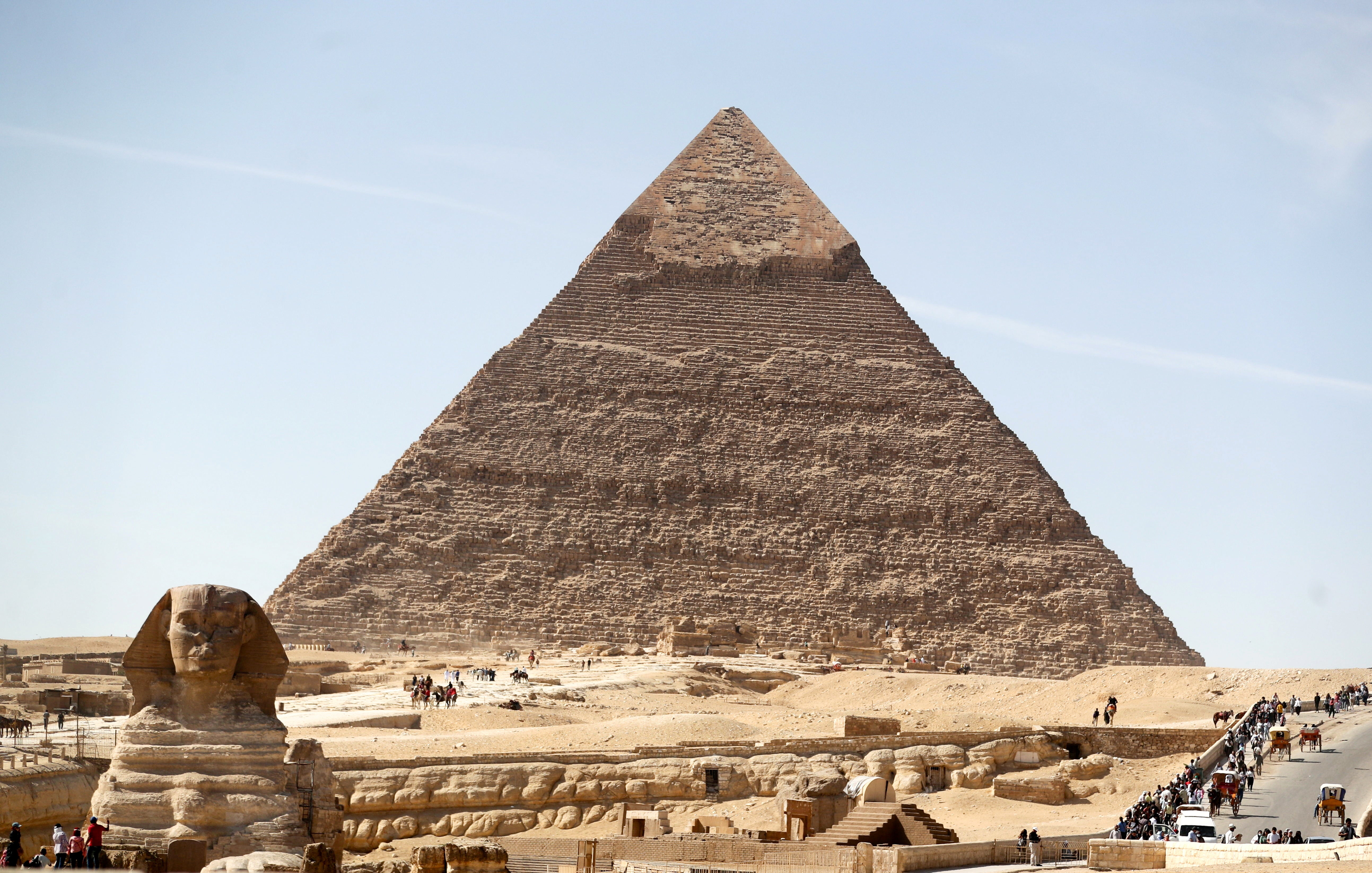The Top 10: Lost technologies
Science and learning is a straight line forwards, no? No


Your support helps us to tell the story
From reproductive rights to climate change to Big Tech, The Independent is on the ground when the story is developing. Whether it's investigating the financials of Elon Musk's pro-Trump PAC or producing our latest documentary, 'The A Word', which shines a light on the American women fighting for reproductive rights, we know how important it is to parse out the facts from the messaging.
At such a critical moment in US history, we need reporters on the ground. Your donation allows us to keep sending journalists to speak to both sides of the story.
The Independent is trusted by Americans across the entire political spectrum. And unlike many other quality news outlets, we choose not to lock Americans out of our reporting and analysis with paywalls. We believe quality journalism should be available to everyone, paid for by those who can afford it.
Your support makes all the difference.This list was suggested by Elliot Kane, who has long been fascinated by no 5.
1. Moving heavy stones. The Pyramids, Stonehenge, the Easter Island moai. No one knows how they were done.
2. Archimedes’s heat ray. The Greek polymath used giant mirrors to focus the sun’s rays to set fire to ships during the siege of Syracuse, third century BC, according to legend. Not exactly lost, as similar devices have been constructed since the 1970s, although their effectiveness is disputed. Nominated by David Gentle.
3. Antikythera mechanism. Ancient Greek box of gears used to predict movements of the Sun and Moon in the first or second century BC. Too corroded to reconstruct how it might have worked. Thanks to Scope Davies, Bill Bennett and GGMZ.
4. Roman concrete. Nominated by Tony Jebson. “The dome of the Pantheon is still the largest unreinforced concrete dome in the world, 2,000 years later,” said Will Monk. “The exact recipe for Roman concrete, in particular its use underwater, has baffled scientists for millennia,” said Exexpat19.
5. Greek fire. Incendiary weapon used by the Byzantine empire that burnt while floating on water (and that ignited on contact with water, in some accounts), from the 7th century until about the 12th century AD. An unknown mixture possibly including naphtha and quicklime. Elliot Kane’s opening nomination.
6. Damascus steel. Forged into exceptionally hard and sharp sword blades in the ninth to 11th centuries AD. Its qualities were probably exaggerated, but we don’t know how it was made. Thanks to Svennig, Scope Davies, Ben Gladstone and Xlibris1.
7. Cure for scurvy. Found and lost several times since the beneficial effect of citrus fruit was known around the time of Vasco da Gama’s voyage from Portugal to India in 1497, before becoming accepted by the end of the 18th century. (Also featured in Top 10 brilliant ideas before their time.) Thanks to Carlo Giannone and Goose Juice.
8. Fermat’s Last Theorem. Pierre de Fermat wrote around 1637 in the margin of an ancient Greek book of mathematics that he had a proof of it but that it was too long to fit. Seems doubtful, as it wasn’t proven (again) until 1994. Nominated by James Anderson.
9. Fogbank. When the time came in 1996 to recondition US thermonuclear warheads built in the 1970s and 1980s, it was discovered that the manufacturing process for lining material codenamed Fogbank had been so highly classified as to have been officially forgotten. (“The material is classified. Its composition is classified. Its use in the weapon is classified, and the process itself is classified.”) The process had been poorly documented; the staff involved had retired and could not fully recall how it was made. It took 11 years for the secret of how to produce Fogbank to be rediscovered. The lost technology delayed warhead refurbishment and cost millions of extra dollars. Thanks to Paul T Horgan.
10. Minidiscs. Very funny, Chris Widgery.
Next week: Ministerial statements defending the government just before U-turns, after Kwasi Kwarteng explained why it was right to block Owen Paterson’s punishment for paid lobbying.
Coming soon: Actors who changed careers as a result of playing a part, such as Virginia McKenna, who set up the Born Free Foundation after playing the part of Joy Adamson in the film.
Your suggestions please, and ideas for future Top 10s, to me on Twitter, or by email to top10@independent.co.uk
Join our commenting forum
Join thought-provoking conversations, follow other Independent readers and see their replies
Comments